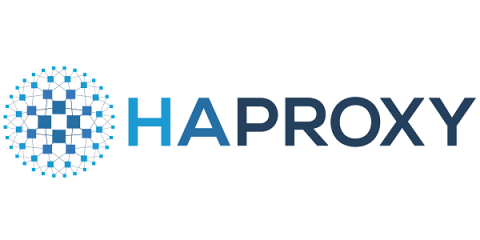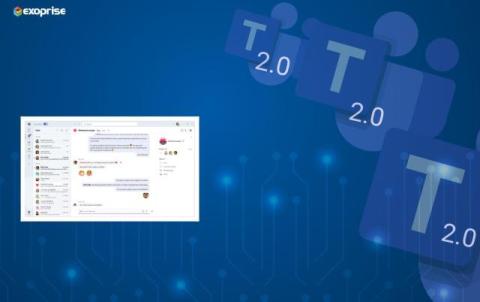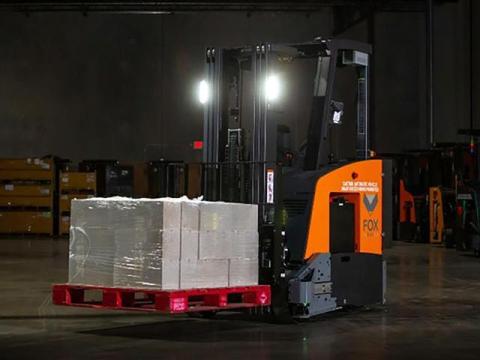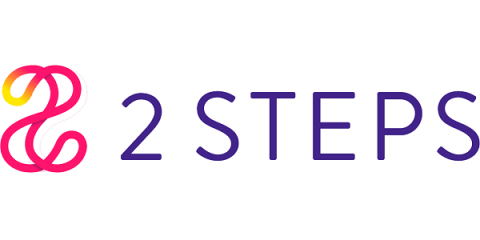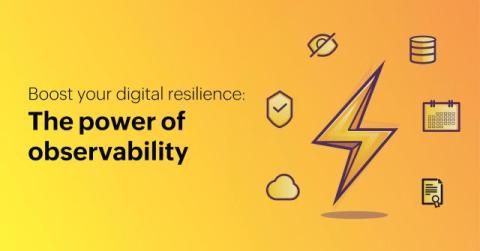The Future of Operational Technology: Digital Adoption Platforms Driving Innovation and Efficiency
Operational technology (OT) has long been the backbone of industries such as manufacturing, energy and transportation. It encompasses hardware and software systems that detect or cause changes through direct monitoring and control of physical devices, processes and events. As industries navigate the digital age, the integration of advanced technologies is transforming OT, with Digital Adoption Platform software solutions (DAPs) playing a fundamental role. These platforms are driving innovation and efficiency, offering new pathways for industries to optimize their operations.



